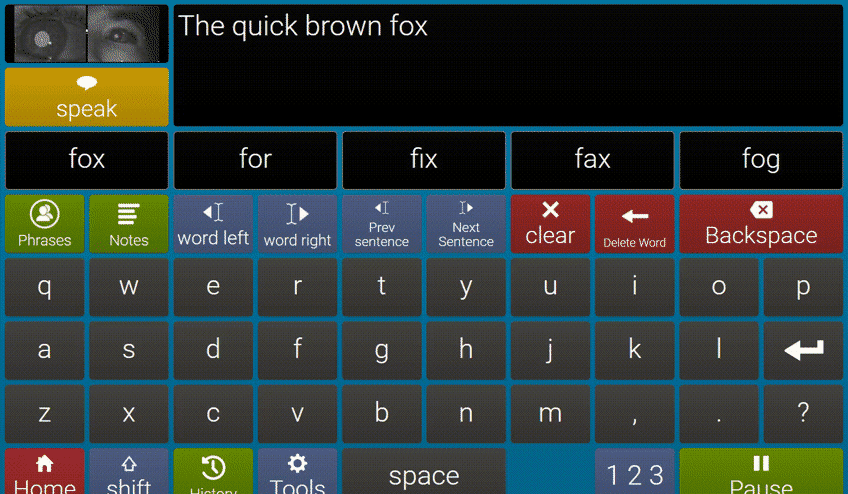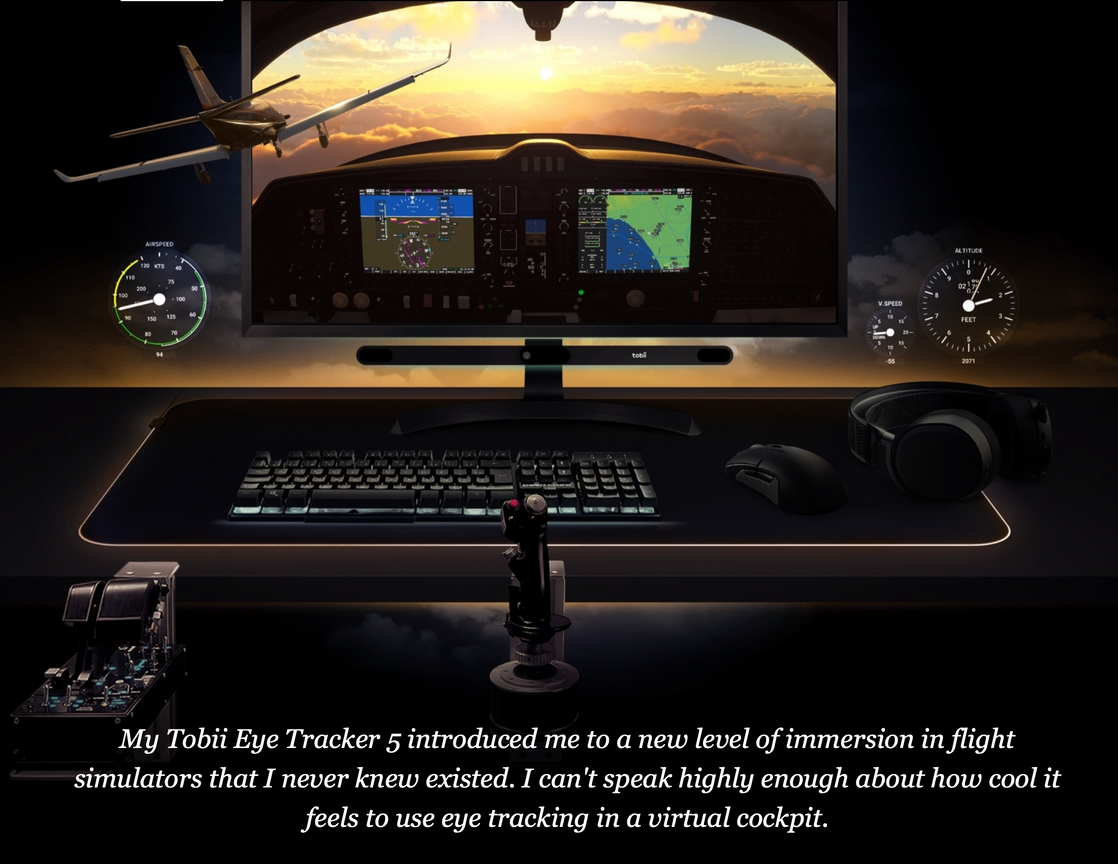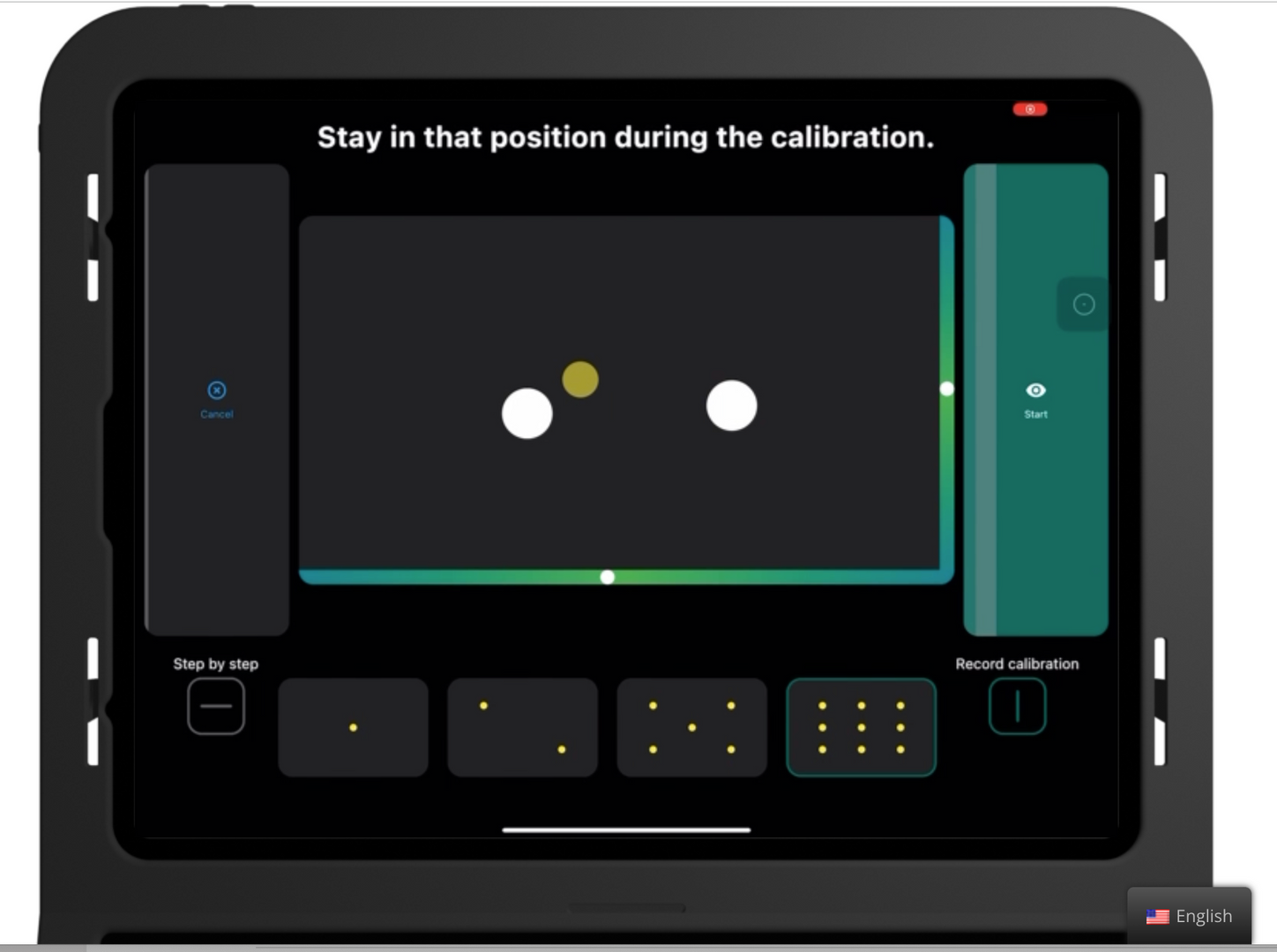
Secondary research for this project is currently still underway. While there are existing platforms that offer eye tracking technology, there is yet to be a VR interface solution for eye tracking that is specifically designed for those with limited mobility. I believe the VR space unlike any other, offers so much possibility when it comes to accessibility issues.
As a platform, VR is still being hammered out for the broad market, so there is still a lot of work to do when it comes to accessible navigation being widely available for those who need it.
The virtual space, in and of itself, is changing the way users navigate. As has already proven, eye tracking technology is definitely not a wasted investment as it can be utilized by a broad consumer base.
This kind of VR navigation could become the universal standard for users, since the VR space can become more life like without the need for remotes or clunky hand controllers. I mean, I don't walk down the street with a keyboard and trackpad, so ideally I wouldn't want to enter a virtual space with them either.

An interface like Skyle X could be integrated into platforms like HTC Vive Pro Eye, Tobii Eye or PSVR 2 and provide a completely hands free eye tracking interface for the physically impaired.
Imagine not having the ability to move without assistance, but then being given a tool that allows you to explore vast virtual spaces on your own? Not only that, but what if haptic technology could allow you to meet a loved one in a virtual space and give them a life like hug?
Here is an example of Skyle X for iPad. The interface is intuitive and eye calibration only takes a few minutes for the user to start eye gaze navigation.

With the exciting announcement of foveated eye tracking finally being integrated into commercial VR software, like the PSVR 2, it has opened the door for enhancing other forms of visual navigation as well.
Incase you’re wondering what foveated eye tracking is and why it’s an important next step in VR tech, here is an article that explains it. Basically, this technology allows the virtual user an experience that better simulates how the human eye actually perceives information and even increases system processing time. This processing advancement is due to the increased accuracy of the new eye tracking tech.
In addition, another byproduct of this increased accuracy is the ability to simulate a virtual space that is more like how the human eye perceives visual information. Because the human eye is not currently designed to render everything in HD, it reduces the amount of visual information the eyes receives. This will help solve current problems with VR headsets causing eye strain, discomfort, fatigue and blurred vision.
Looking forward...